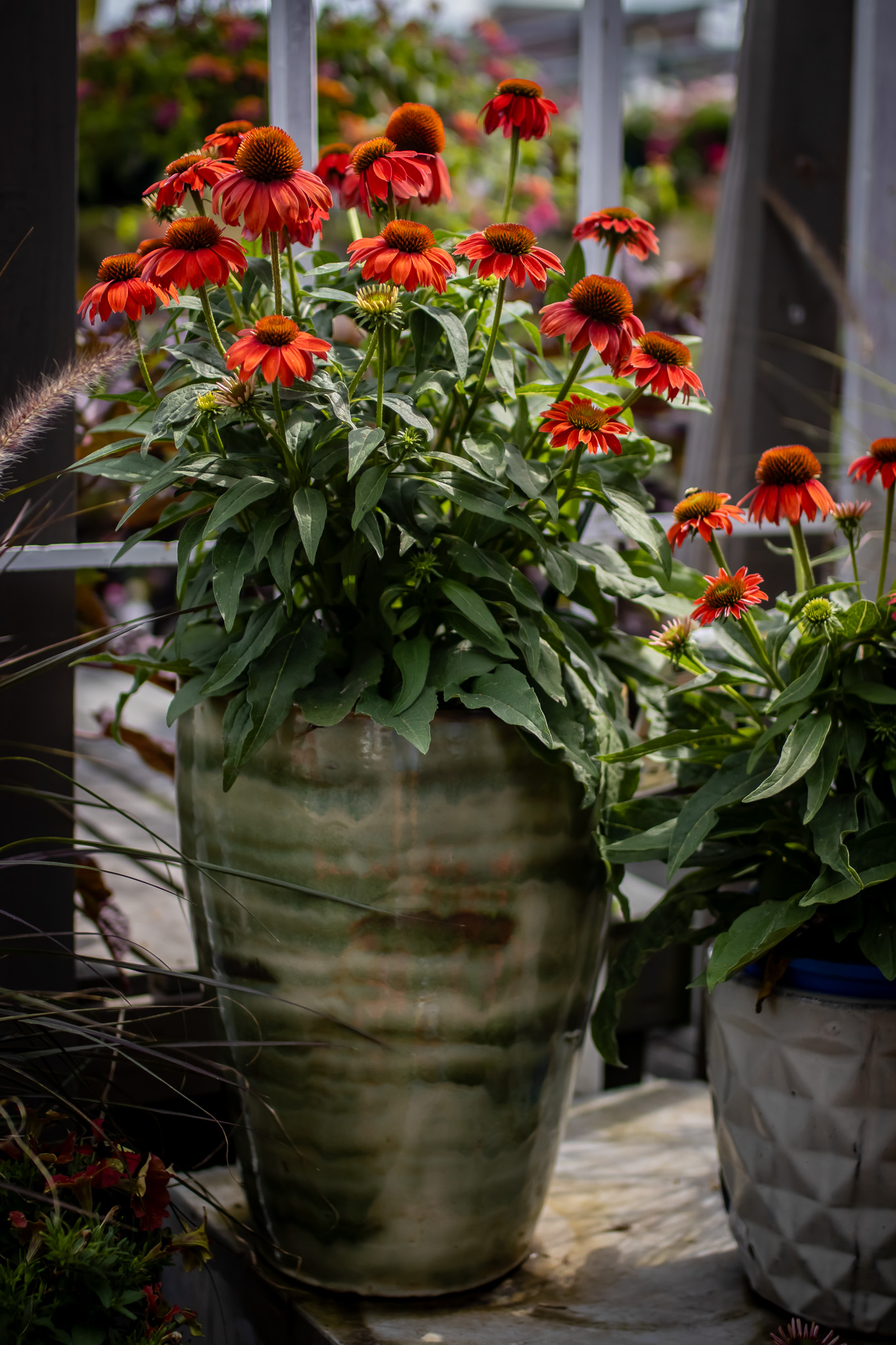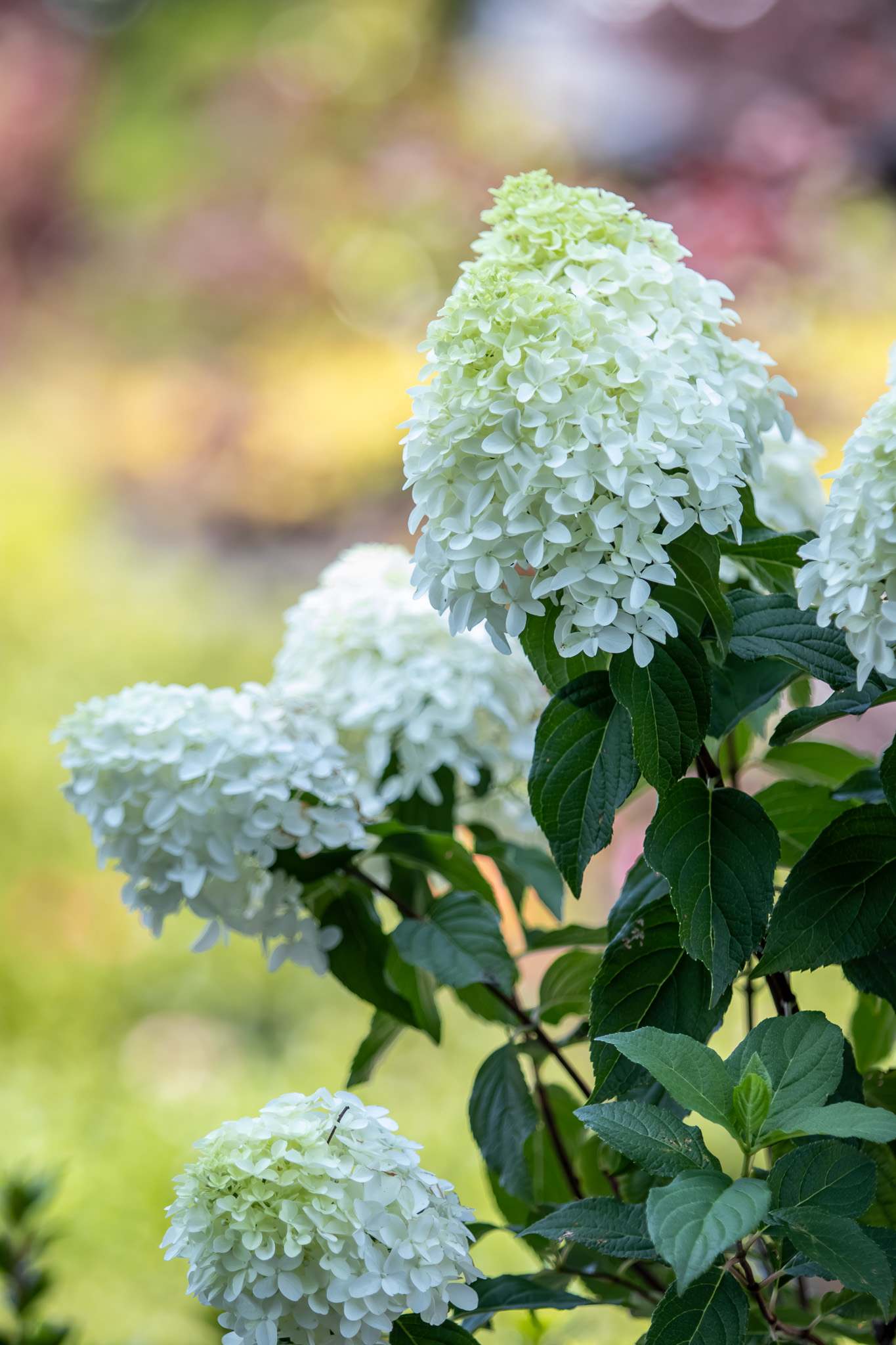Welcome to the Plant-lympics! Today, we're celebrating the our top bloomers of the 2024 summer season. Join us as we dive into why they’ve claimed their spots on the podium and how you can help them thrive in your own garden.



Bronze Medal: Coneflowers
Why They Deserve the Bronze
Coneflowers, or echinacea, take the bronze with their daisy-like blooms that attract butterflies, bees, and other pollinators. Their hardy nature and drought tolerance make them a favorite among gardeners, especially in hotter climates.
Key Features:
- Bright blooms in shades of pink, purple, orange, yellow and white
- Attracts pollinators and beneficial insects
- Long blooming period from midsummer to fall
Care Information
Coneflowers are tough and resilient, but they still appreciate some basic care:
Sunlight: Full sun is ideal for coneflowers. They can tolerate partial shade, but flower production may decrease.
Soil: Well-draining soil is crucial. Coneflowers can tolerate poor soil conditions but thrive in soil rich in organic matter.
Watering: They are drought-tolerant once established, but regular watering during prolonged dry periods will ensure continued blooming.
Feeding: Apply a light, balanced plant food in early spring. Avoid over-fertilizing, as this can lead to leggy growth and fewer flowers.
Pruning: Deadhead spent blooms to encourage continuous flowering. Cut back the stems in late fall or early spring to tidy up the plant and encourage new growth.
Silver Medal: Hydrangeas
Why They Deserve the Silver
Hydrangeas earn the silver medal with their large, lush flower clusters. Their versatility in color, ranging from blue to pink to white, depending on soil pH, makes them a dynamic and delightful addition to landscapes.
Key Features:
- Large, showy flower clusters
- Wide range of colors
- Long-lasting blooms from late spring to fall
Care Information
Hydrangeas are relatively low-maintenance, but they do have some specific needs:
Sunlight: They thrive in the morning sun with afternoon shade. Too much direct sunlight can cause wilting and scorching of the leaves.
Soil: They prefer moist, well-draining soil rich in organic matter. Soil pH can affect flower color, with acidic soil producing blue flowers and alkaline soil producing pink flowers.
Watering: Hydrangeas need regular watering, especially in hot weather. Ensure the soil remains consistently moist but not soggy.
Feeding: Apply a balanced, slow-release plant food in spring. Avoid high-nitrogen fertilizers, as they can promote leaf growth at the expense of blooms.
Pruning: Pruning depends on the type of hydrangea. Generally, prune dead or damaged wood in late winter or early spring. For varieties that bloom on old wood, prune after flowering.
Gold Medal: Perennial Hibiscus
Why They Deserve the Gold
The perennial hibiscus, often referred to as hardy hibiscus, stands out with its enormous, tropical-looking flowers that can reach up to 12 inches in diameter. These blooms, which come in vibrant shades of red, pink, and white, create a show-stopping display in any garden. Their impressive size and bold colors make them a true spectacle, deserving of the top spot.
Key Features:
- Massive, eye-catching flowers
- Vibrant and diverse color palette
- Long blooming period from mid-summer to early fall
Care Information
To keep your perennial hibiscus healthy and flourishing, follow these care tips:
Sunlight: Full sun is essential for maximum bloom production. Ensure your hibiscus gets at least 6 hours of direct sunlight daily.
Soil: They prefer well-draining, fertile soil rich in organic matter. Slightly acidic to neutral pH levels are ideal.
Watering: Regular watering is crucial, especially during dry spells. Keep the soil consistently moist but not waterlogged.
Feeding: Apply a balanced, slow-release plant food in early spring and again in mid-summer to promote vigorous growth and abundant blooms.
Pruning: Prune dead stems in early spring to encourage new growth. Pinch back young shoots to promote bushier plants.
The Plant-lympics has crowned its champions, and it’s clear why perennial hibiscus, hydrangeas, and coneflowers have claimed their spots on the podium. Each brings unique beauty and character to your summer garden, and with a bit of care, they’ll reward you with spectacular blooms year after year. So, get out your gardening gloves, and let these floral Olympians inspire your next garden project! To stay inspired and grow with us, follow us on Facebook, Instagram, Pinterest, and TikTok to dig into the joys of gardening!
